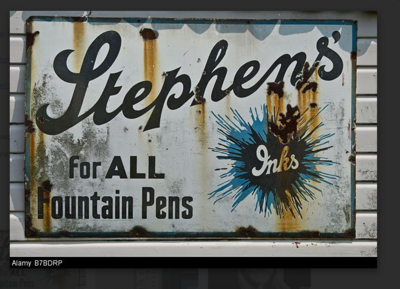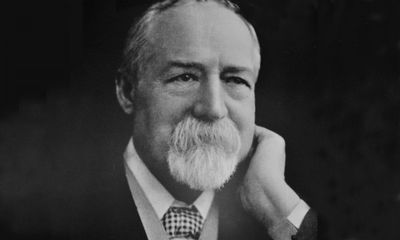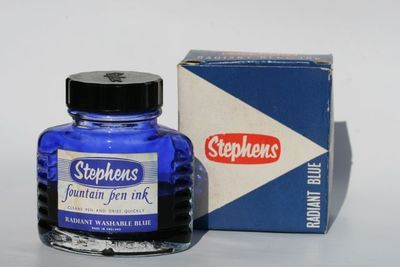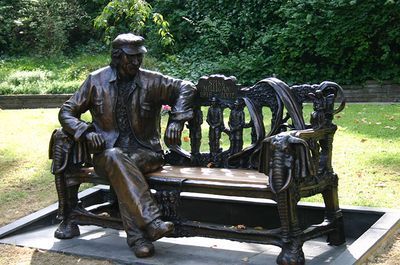His nibs: Visiting the Stephens Collection
By DAVID COLLARD
The final poem in Julian Stannard's latest collection, What were you thinking?, is entitled "East Finchley". Here it is in full:
It's always sunny in East Finchley.
It's always funny in East Finchley.
That's enough about East Finchley.
East Finchley has a few things to snag the fl��neur's interest: the Phoenix cinema, with its baroque auditorium and jazz moderne exterior; the Bauhaus-influenced Northern Line tube station with its modernist archer statue aiming an arrow straight at the heart of London; Black Gull Books, one of the very best second-hand bookshops in the capital and . . . well, that's about it. The place lacks romantic allure.
Although John Betjeman never eulogized the district as he did nearby Holloway and Highgate, in 1971 he agreed to become the first Patron of the Finchley Society, sending an equivocal message of support: "Long live Finchley and its sudden steep hills, tree-shaded gardens and memories of a civilised prosperity".
Finchley proper is a mile to the north-east and home to the Stephens Collection, displayed in a grand Victorian pile called Avenue House on East End Road. This is the former home of Dr Henry Stephens, FRCS (1796���1864), inventor of the celebrated blue-black writing fluid known as Stephens' Ink.
Stephens' ink was patented in 1837 and became a huge commercial success ��� free-flowing in all temperatures, indelible and unfading, it also had a low acid content, so it didn't corrode steel nibs. Inky Stephens, as he was popularly known, made a huge fortune and became the Tory member of parliament for Hornsey and Finchley, later Margaret Thatcher's constituency, He was a generous philanthropist, dubbed "the uncrowned king of Finchley".
His company branched out into manufacturing fountain pens and other office supplies. Stephens' was for more than a century a household name, the firm's distinctive enamel advertising thermometer adorning public buildings from Istanbul to Dunedin. The Stephens Collection has a fine display of the company's beautifully packaged products for schools and offices: stamp pads and endorsing ink, gum mucilage, typewriter ribbons and carbon paper, wooden rulers, blackboard chalk, crayons and sealing wax ��� a lost world of stationery. Children can learn to handle an ink pen and even a quill, while for grown-ups of a certain age there are potent memories of inkwells, bungies and blotch. Does any TLS reader recall playing dab cricket?
The Stephens Collection was established by the Finchley Society with the assistance of the Writing Equipment Society and the support of the London Borough of Barnet. I spent a perfectly contented afternoon there ��� and you may want to do the same, perhaps exploring the other delights of this unglamorous north London arrondissement. You'll find one of them in the grounds of Avenue House: a statue of a local resident and Finchley Society supporter ��� Spike Milligan.
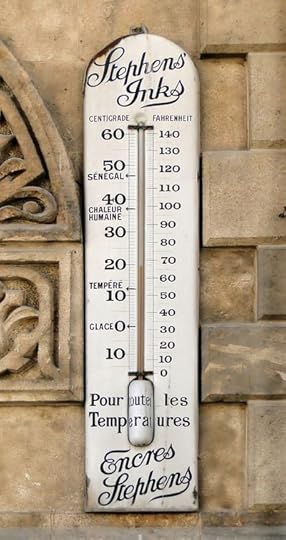
Stephens' Inks exterior thermometer, 1920, Hotel Baron, Aleppo, Syria; Credit: Bernard Gagnon
Peter Stothard's Blog
- Peter Stothard's profile
- 30 followers


